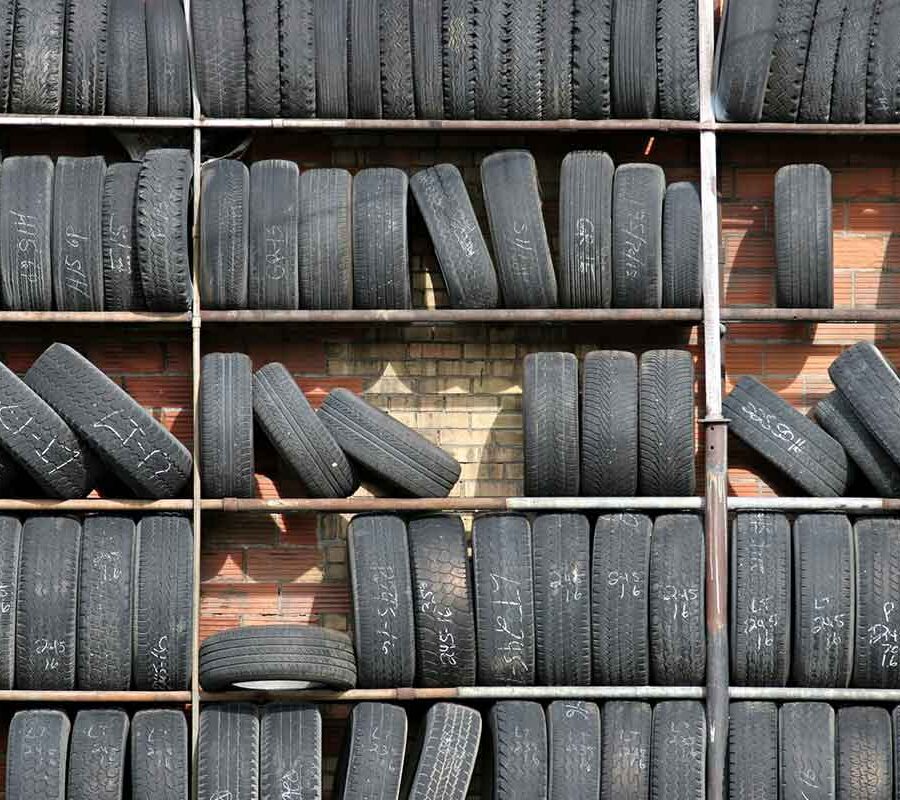About 33,000 auto accidents every year due to faulty tires, resulting in approximately 19,000 injuries. Tread separation on a tire is a major contributor to these. Sadly, many of these incidents are due to negligence or neglect on the part of the tire manufacturer and could be prevented.
If you or someone you know has been injured in a car accident caused by a blown tire or other tire malfunction, keep reading. This article will help you get a sense of how tread separation can impact your product liability lawsuit.
What Is Product Liability?
Product liability is an area of law that holds businesses that make and sell products responsible for product defects. These include manufacturers and distributors that put out a product that either does not function as intended or breaks down in such as way that causes harm to the user.
Product liability claims take place in a court of law. If a judge or jury determines the product to be defective, the manufacturer or seller may be responsible for the harm it has caused. They must pay “damages” to the harmed party.
These can cover medical bills and loss of income or earning potential. They also are for less tangible injuries like “pain and suffering” that the defective product caused.
What Causes Tread Separation on a Tire?
Tread separation occurs when the outer layer of the tire detaches from the underlying layers. Since the outermost layer provides traction to the vehicle, the tire fails to grip the road. This can result in the driver losing control of the vehicle.
Different things can cause tread separation on a tire. Improper flat repair or striking objects or potholes in the road are two common ones. It also can result in manufacturing errors that produce a defective tire.
When Is a Manufacturer or Seller Liable?
There are several scenarios where a tire manufacturer or automotive dealer may be liable for tread separation that causes an accident. One is if there is a design defect. This means there is an inherent flaw in the way the product is developed that resulted in its failure to perform as intended.
Another reason is if there is a manufacturing defect. This means that the design of the tire is adequate, but something occurred during its production that caused the tread to separate when the tire is in use.
Finally, auto dealers can be liable for tread separation if they inaccurately marketed the product. This usually involves misleading the buyer about the tire’s appropriate use. It can also include failure to provide the buyer with adequate warnings or instructions for using the product.
Note that the level of culpability in any of the scenarios can vary. A company, for instance, that knowingly sells a defective tire would be more susceptible to punitive damages than one that merely overlooked a defect in production. An experienced attorney can help you determine what compensation you are likely to receive based on this or any other information specific to your case.
Find Legal Advice Near You
Now that you understand the basics of tread separation tire malfunctions and the legal repercussions they can have, you can decide how best to proceed. An attorney with a lot of experience in this area can further advise you on the best course of action for your case.
At the Newsome Melton Law Firm, we specialize in product liability lawsuits and litigation. We are dedicated to providing the resources necessary to get the best possible outcome for every case we take on. Reach out to us today to learn more or to schedule a free consultation to discuss yours.


